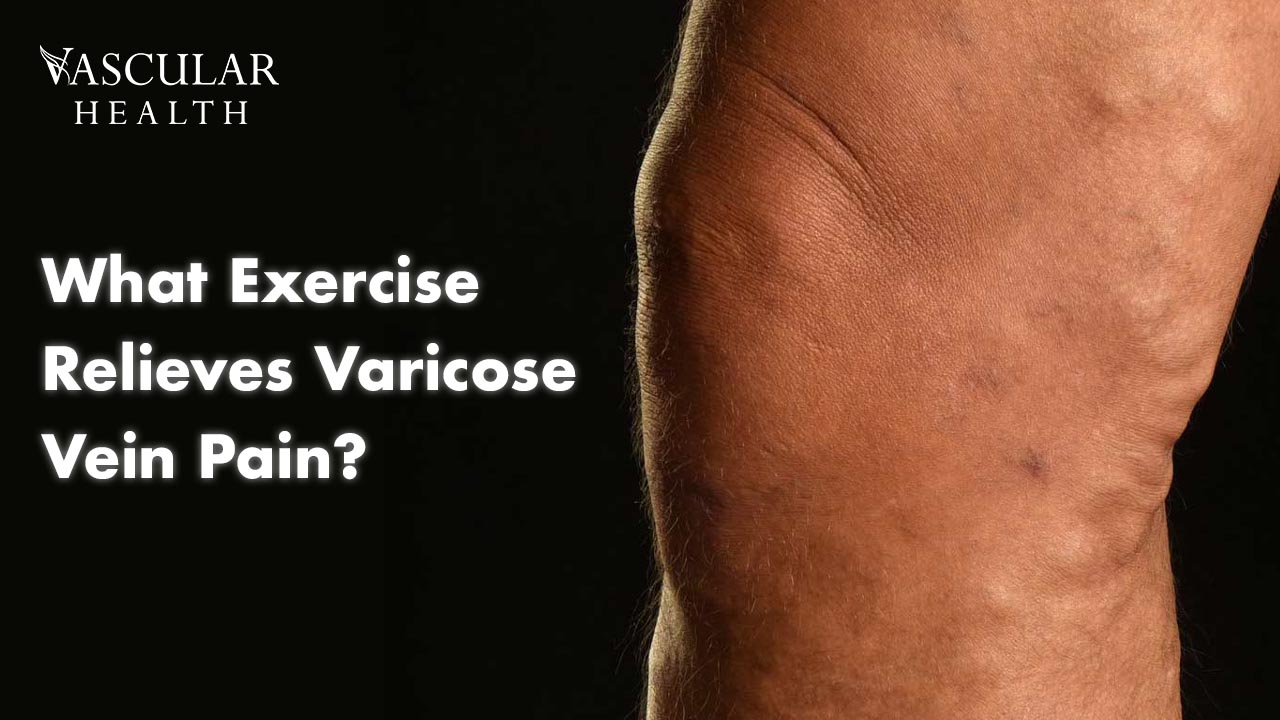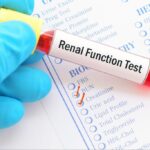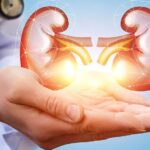A blood vessel condition called varicose veins typically affects the lower limbs. Varicose veins are the name of this condition, which causes the veins to expand, become bulky, and even become visible beneath the skin. Although it primarily affects the legs, varicose can also develop in other body regions. The major symptoms of varicose veins include Blue and bulky veins, swelling in the legs, pain and heaviness in the legs, and severe cramps as the veins swell and sometimes twist. It is commonly caused by damaged or weak vein walls or even damage within the vein valves. This damage causes blood reflux, which further accumulates within the legs and distorts the veins. The question is which certain exercise relieves varicose vein pain?
Pain of Varicose Vein
Blood pools and veins bulge due to weakening or broken vein valves, leading to the development of varicose veins. This can cause symptoms in the legs, particularly after extended durations of sitting or standing, such as heaviness, throbbing pain, and swelling.
The Role of Exercise
Exercise is integral in managing varicose vein pain by improving circulation, strengthening the muscles, and enhancing overall vascular health. Certain exercises can precisely target the muscles and blood flow in the legs, helping to relieve symptoms and reduce the risk of complications associated with varicose veins. Here is an exercise routine that relieves varicose vein pain.
Recommended Exercises
Walking: Regular walking is one of the best exercises for promoting circulation and relieving varicose vein pain. Brisk walks of 30 minutes or more several times a week can improve blood flow and strengthen leg muscles.
Cycling: Cycling is a good exercise that can help improve circulation and reduce pressure on the veins.
Swimming: Swimming and water aerobics are great exercises for varicose vein pain, providing mild resistance without pressure on the veins.
Leg elevation exercises: Simple leg exercises such as leg lifts, ankle circles, and toe taps encourage blood flow and relieve pressure on the veins.
Calf raises: Calf raises help to strengthen calf muscles, which play an important role in regulating blood flow back to the heart, improving overall circulation, and reducing varicose vein pain.
Tips for Safe Exercise
- Start slowly
- Wear compression stockings
- Stay hydrated
- Pay attention to your body’s signs and modify your exercise level.
- Stop and rest if you encounter any pain, discomfort, or swelling while exercising.
Consult a Vascular Specialist
It’s important to consult with your healthcare specialist before initiating any new exercise, especially if you have varicose veins. They can tailor personalized recommendations based on your health status and help you set a safe and effective exercise plan.




